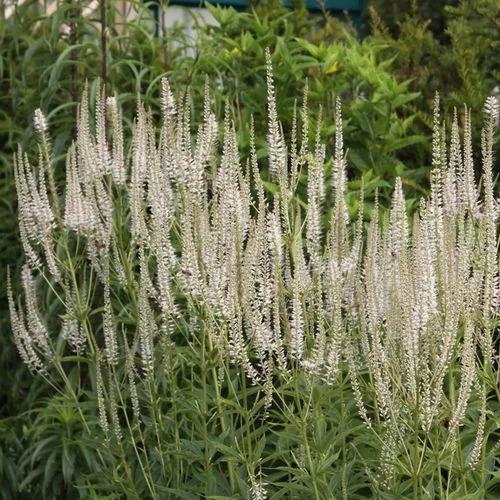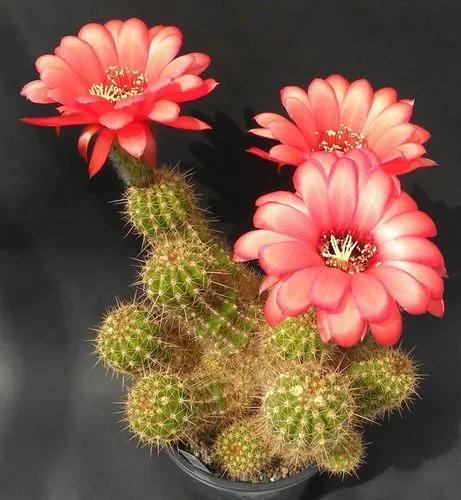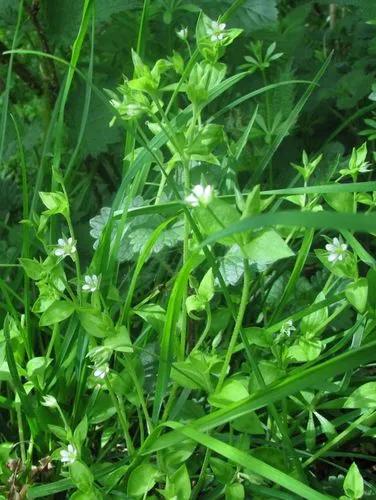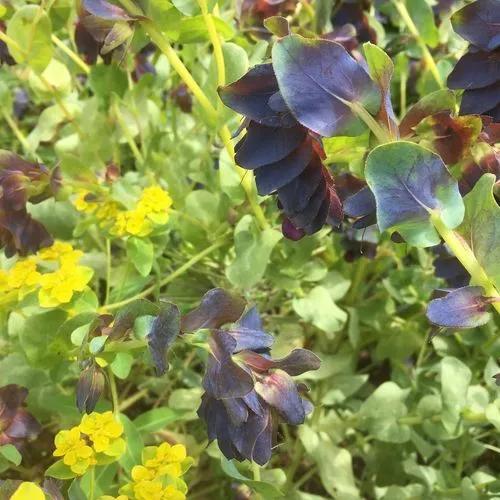Simple, dainty tangerine and yellow trumpets adorn the orange browallia or marmalade bush (Streptosolen jamesonii, ht 1.5-2 m) from South America, a very easy shrub to grow in Sydney. It belongs to the Solanaceae, a plant family which includes many interesting (though often toxic) ornamental plants for our Sydney gardens, such as Brunfelsia, Brugmansia, Nicotiana and Solanum.Although it is officially a spring-flowering plant, it can have an amazingly long flowering period here, from July until November. The flared-trumpet flowers open yellow and change to clear apricot then a deep orange-red as they mature. A lax, evergreen, frost-tender shrub, it enjoys sun and good soil. It has flexible, arching stems which can be trained against a wall or even up a pillar, as long as it is tied on, as it has no method of attaching itself to a support; or it can be tip-pruned when young to form a dense shrubby shape each year.
Marmalade-bush Care
Streptosolen Jamesonii



How to Care for the Plant

Water

Watering is moderate, in hot weather conditions – abundant, up to 3 times a week, the soil between watering should dry to a depth of about 3 cm, but the substrate should not completely dry out. With insufficient moisture initially hang the leaves if the soil dries out completely, plant clears the lower leaves, the trunk laid bare. In winter, the intensity of irrigation reduces.

Pruning

It takes a regular pruning by one third every spring, it will promote better branching. You can also trim after flowering, new flowers appear on the shoots of the previous year.

Fertilizer

Fertilize during the growing season with a complex fertilizer with an elevated phosphorus content approximately every 3 weeks. Particularly in need of additional fertilizing are young plants. Fertilizers with a high nitrogen content lead to an abundant growth of the vegetative mass, but flowering may not occur or be weak. At the end of the growth period, the top dressing is gradually reduced.

Sunlight

For normal growth and flowering a very bright light is needed, at least 4 hours of direct sun. The vase should be placed on the windows of the south, south-west, west side of the house. In winter, the lighting should be moderate when kept in relatively cool conditions.

Soil

A light permeable, fertile substrate is needed on the basis of leaf land, humus, peat, sand, perlite. You can use loose store substrates (pH5,5-6,5). Drainage required.

Temperature

The plant is thermophilic. The temperature of the content in summer is + 77-82,4 ° F, in winter the temperature should be somewhat lower – up to + 59-62,6 ° F, but not less than + 44,6-51,8 ° F.

Additional

The plant is poisonous. It is undesirable to grow in an apartment where there are animals and children.

Popularity

97 people already have this plant 11 people have added this plant to their wishlists
Discover more plants with the list below
Popular articles






